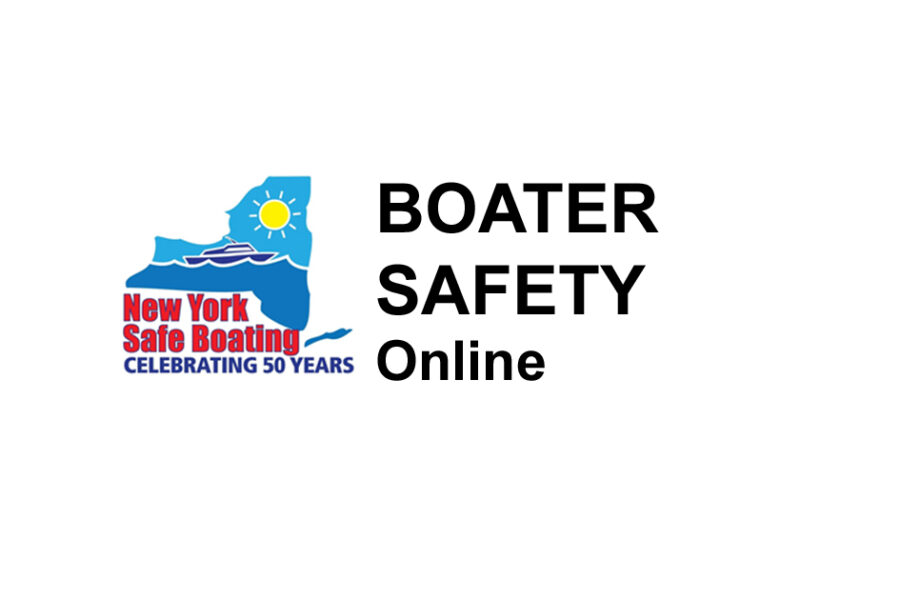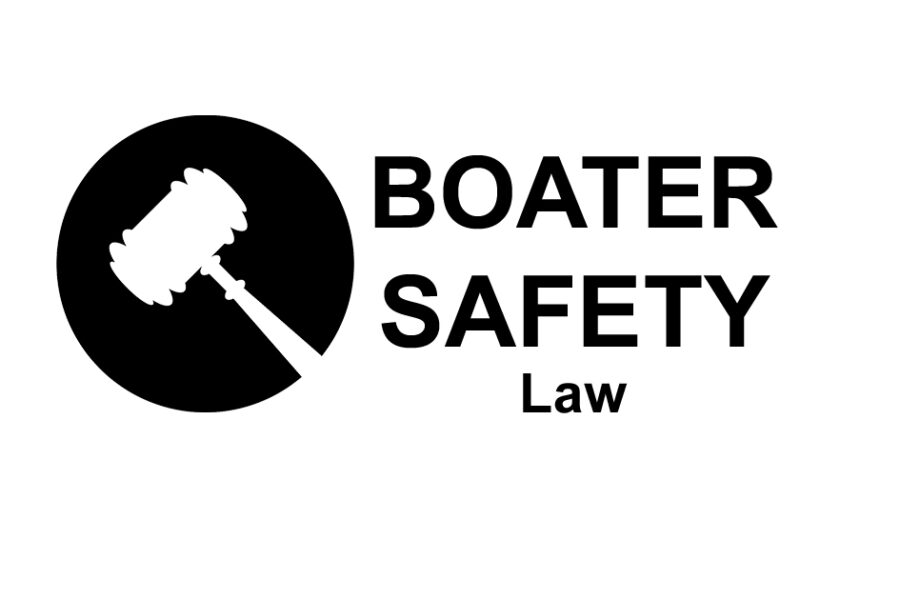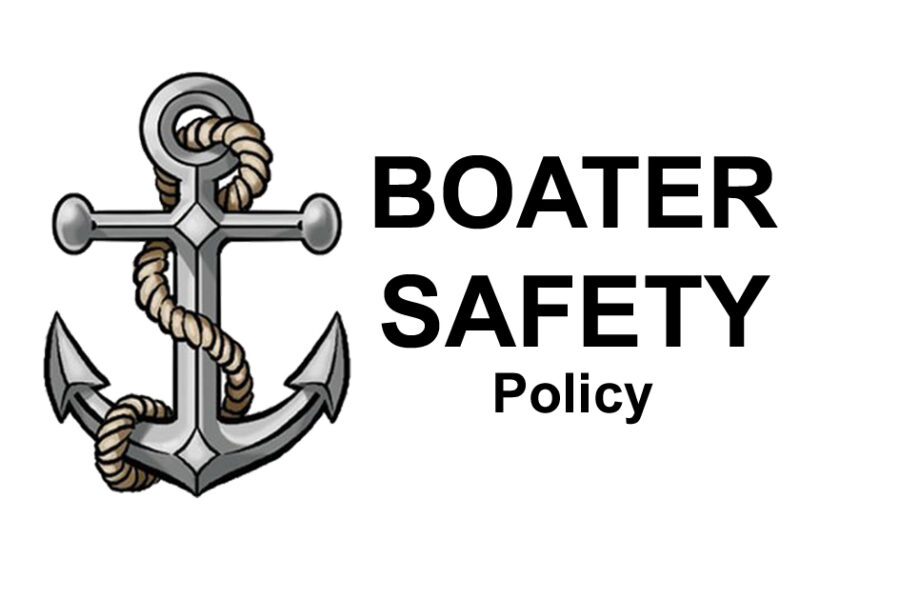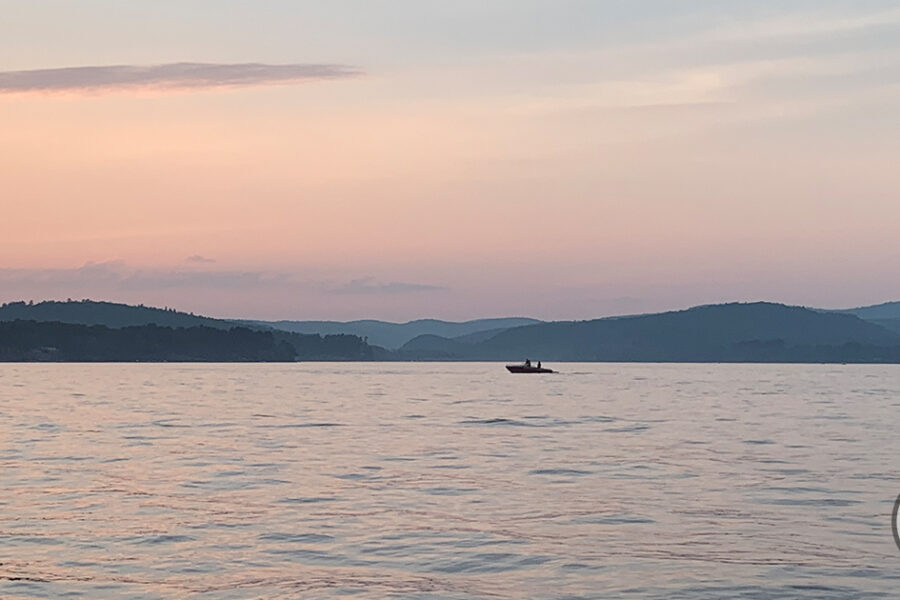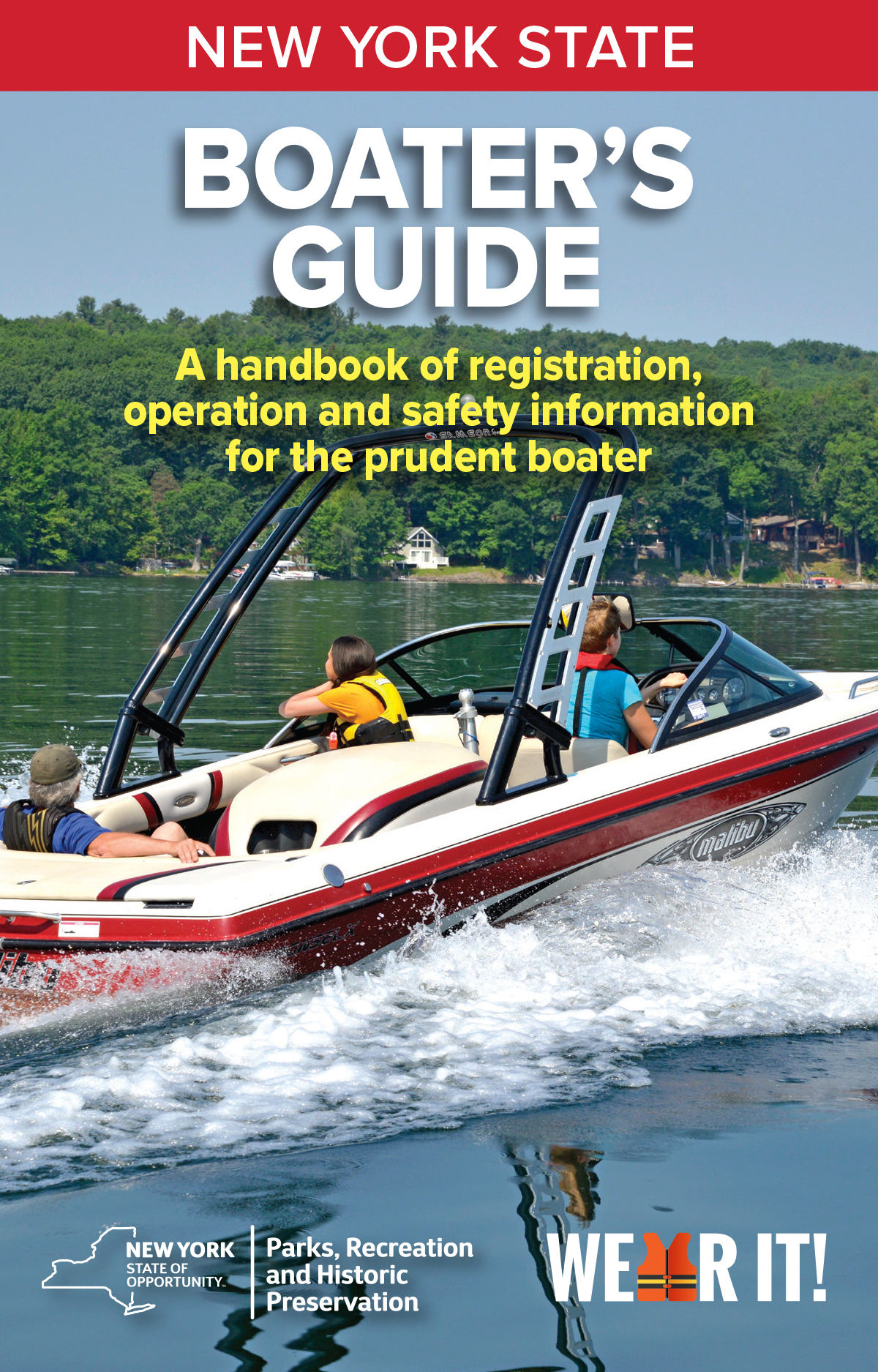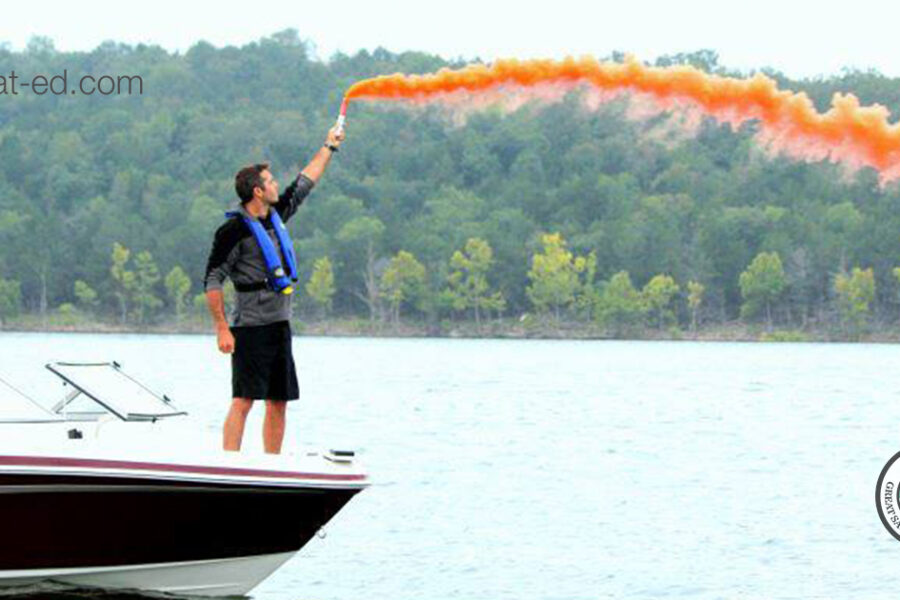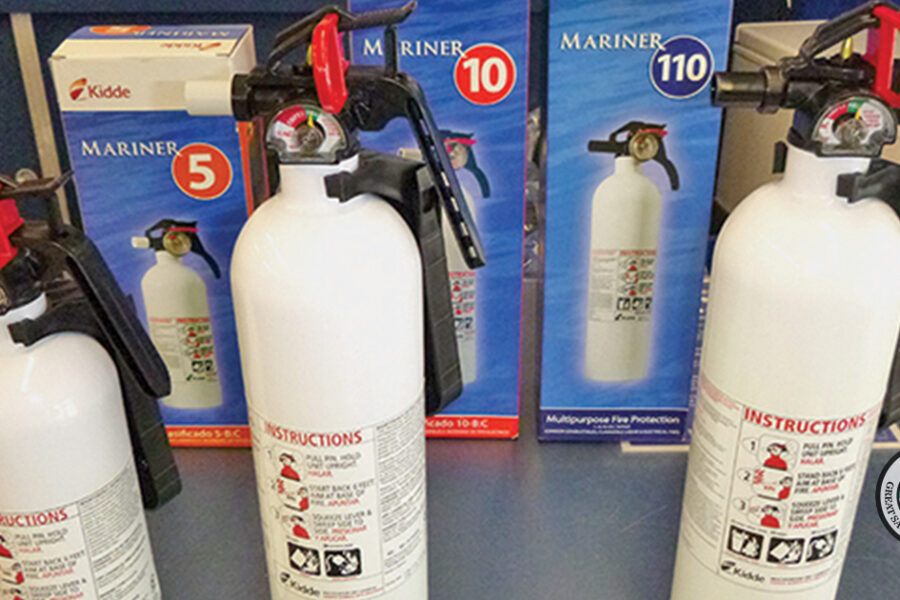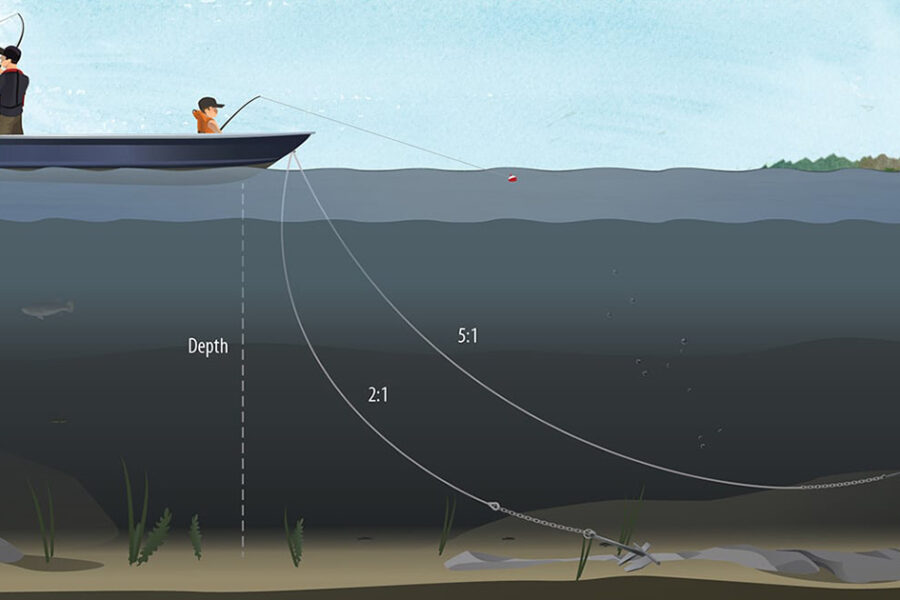New York State has introduced a new option for boater safety. Two vendors have been approved to provide online access to the boater safety curriculum.
The Great Sacandaga Lake is a 29 mile long reservoir. There are few issues that are more important on the lake than boater safety. The Great Sacandaga Lake Association supports a safer lake by offering information on boater safety through local media outlets as well as through offering FREE New York State Boater Safety courses during the year at sites approved by the Association.




